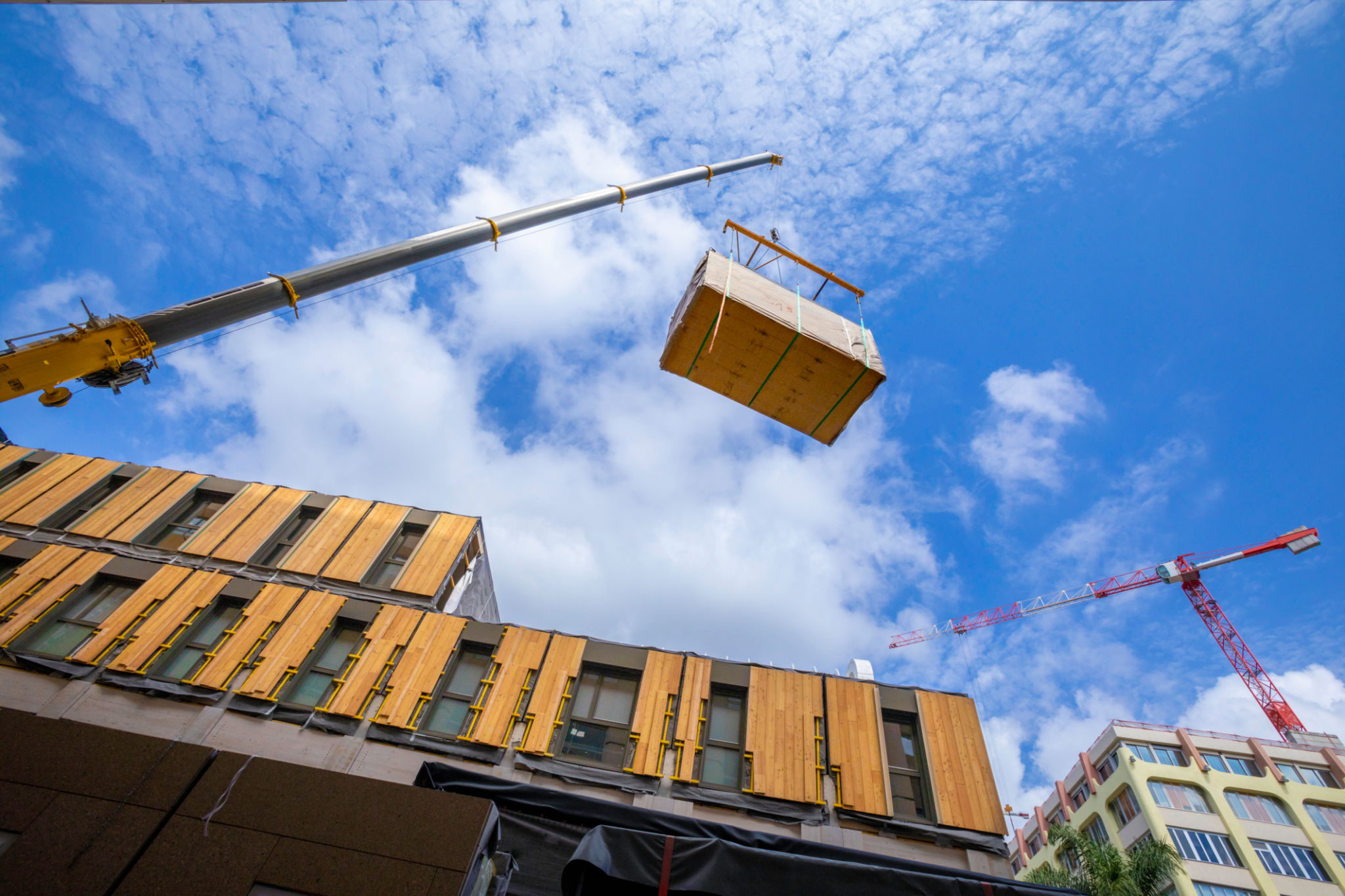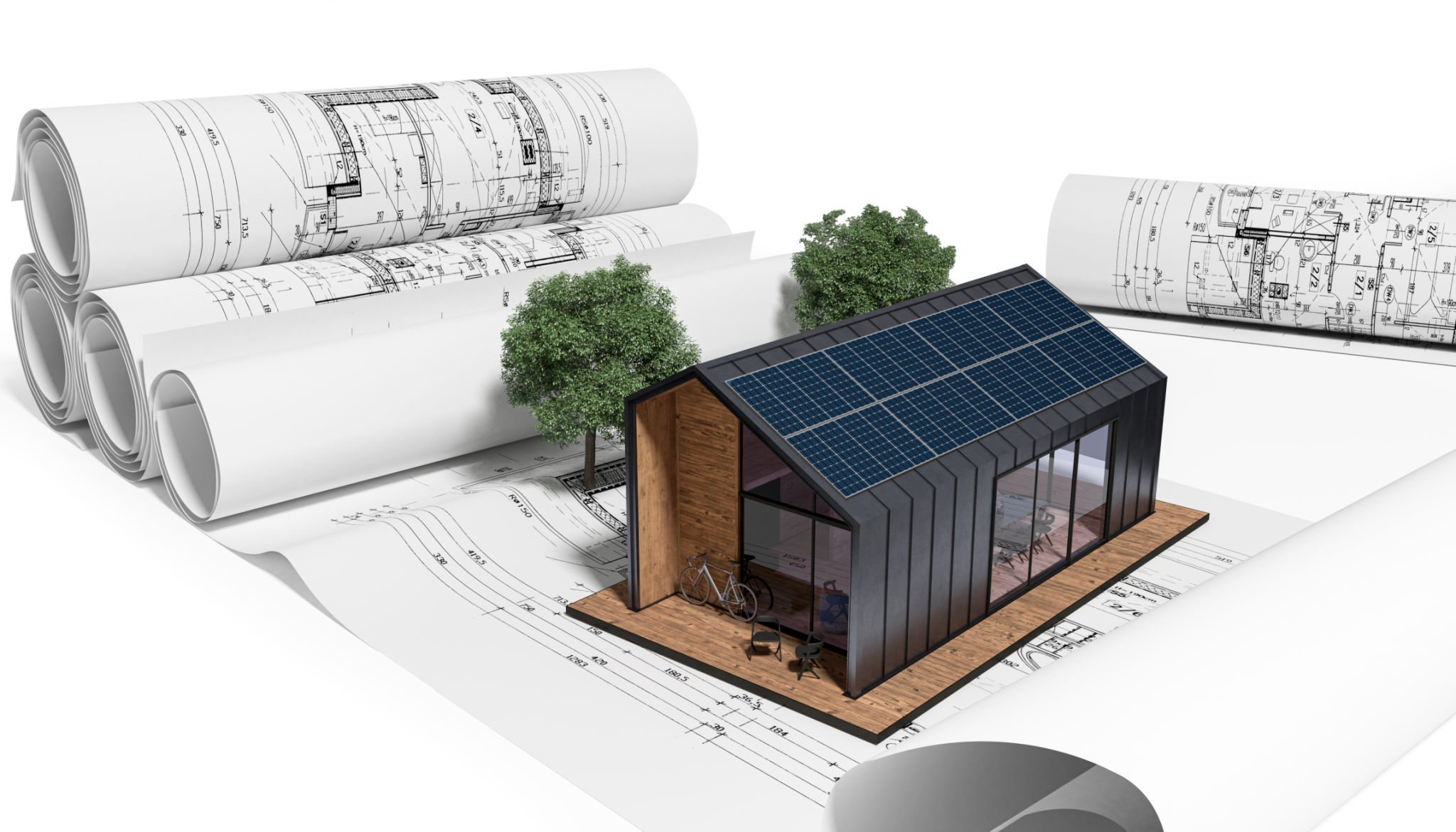Common Construction Myths Debunked: What You Need to Know
Understanding Common Construction Myths
The construction industry is rife with misconceptions and myths that can lead to confusion and misinformed decisions. While some beliefs are based on outdated practices, others stem from a lack of understanding of modern construction techniques. In this blog post, we’ll explore some of the most common myths and set the record straight.
Myth 1: All Construction Projects Go Over Budget
One pervasive myth is that construction projects are bound to exceed their budgets. While budget overruns can occur, they are not inevitable. The key to staying within budget lies in detailed planning, effective project management, and clear communication among stakeholders. By setting realistic expectations and preparing for contingencies, many projects are completed on budget.

Myth 2: Building with Wood is Not Durable
Another common misconception is that wood is not a durable building material. However, with advances in treatment and engineering, wood has become a reliable option for construction. Engineered wood products can offer strength and longevity comparable to traditional materials like steel and concrete. Additionally, wood construction can be more sustainable, offering environmental benefits.
Using wood also allows for quicker construction times due to its lightweight nature, which can contribute to cost savings. Proper maintenance and treatment ensure that wood structures stand the test of time.
Myth 3: Green Building is Too Expensive
Many believe that incorporating green building practices significantly increases costs. While initial expenses may be higher, the long-term savings from energy efficiency often outweigh the upfront costs. Moreover, government incentives and tax credits can reduce the financial burden. Green buildings not only reduce environmental impact but also offer health benefits to occupants.

Myth 4: Construction Delays are Unavoidable
While it's true that unforeseen challenges can arise, assuming all construction projects will face delays is inaccurate. With comprehensive planning and proactive risk management, many potential delays can be mitigated. Regular project updates and adaptive scheduling are vital strategies to keep timelines on track.
Myth 5: Prefabricated Buildings are Low Quality
There is a lingering belief that prefabricated or modular buildings compromise on quality. In reality, prefabrication offers several advantages, including precision and reduced waste. The controlled environment of a factory ensures consistent quality, and advancements in design have made prefabricated buildings both aesthetically pleasing and structurally sound.

Conclusion
Dispelling these myths is crucial for anyone involved in construction projects. Understanding the realities of modern construction can lead to better decision-making and more successful outcomes. By staying informed and questioning outdated beliefs, you can navigate the construction process with confidence.